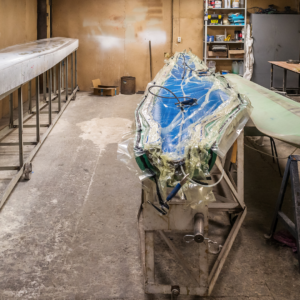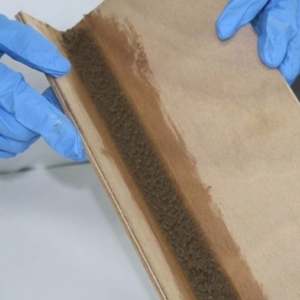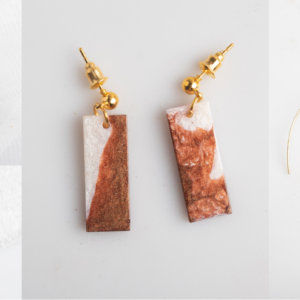How To: Amine blush: prevention is better than cure
Over and over again we see boat builders on forums, support websites and YouTube seeking help to avoid a particularly annoying side-effect of using epoxy, amine blush. This waxy bi-product can have some difficult consequences if not dealt with correctly. Fortunately, there are some very quick and simple methods of getting rid of it.
You’ve carefully chosen your epoxy. You’ve researched your method and you’ve shrewdly applied your coating. But after curing, you notice a waxy film over your hard work.
When conducting any basic boat building, repair or maintenance, there’s always the chance of something not quite going to plan and amine blush can be one of these unfortunate occurrences. It may happen on any epoxy coating that comes into contact with moisture and appears as a wax-like film on the surface.
If you’re going to prepare such a surface for a further coating, it’s important to get rid of the amine blush before sanding. This is because, if you sand over amine blush, your sandpaper will clog and you’ll simply move the waxy or greasy contaminant around your material. If that happens, any subsequent coating could be ineffective or release away – whether paint or epoxy – as it creates a surface that is unreliable to bond to.
The good news is that removing amine blush is incredibly simple to do: simply take some warm, soapy water and gently wash the amine blush away. Then rinse and repeat until the film has disintegrated completely. Finally, dry the cleaned surface with paper towels. Then – and only then – can you begin to sand.
It’s also important to ensure that you’re working at the right temperature. As amine blush occurs when the environment is colder or damper than it should be, it’s good to maintain an optimal temperature within your boatyard. Your boatyard should always be warm enough that you can wear a long sleeve shirt and still feel comfortable or, in technical terms, between 18-22°C.
Amine blush – removing it the professional way
As always, however, the very best practice is to use professional techniques to remove it with ease.
The way to do this is to use a sacrificial fabric known as Peel Ply, to cover a newly epoxied surface. Peel Ply forms an impregnable barrier between the new, wet surface and the air, blocking any unwanted moisture from getting in the way of a perfect cure. The fabric should be applied to the wet epoxy surface, where it will become completely transparent. If the peel ply looks dry or lacks contact with the underlying surface, then add more epoxy to it or consolidate it further with a WEST SYSTEM® 800 foam roller or WEST SYSTEM 808 plastic squeegee. Once the epoxy is cured, it can be simply peeled away to reveal an amine-blush-free surface, ready to work with.
As an added time-saver, the finely woven nature of the Peel Ply leaves a graded textured surface on the underlying epoxy coating, meaning that sanding before applying further coats of either epoxy or paint is unnecessary.
If you’ve got a small problem that’s a big hold-up for your boatbuilding or repair project, we’re always happy to help. Get advice from the epoxy experts.



